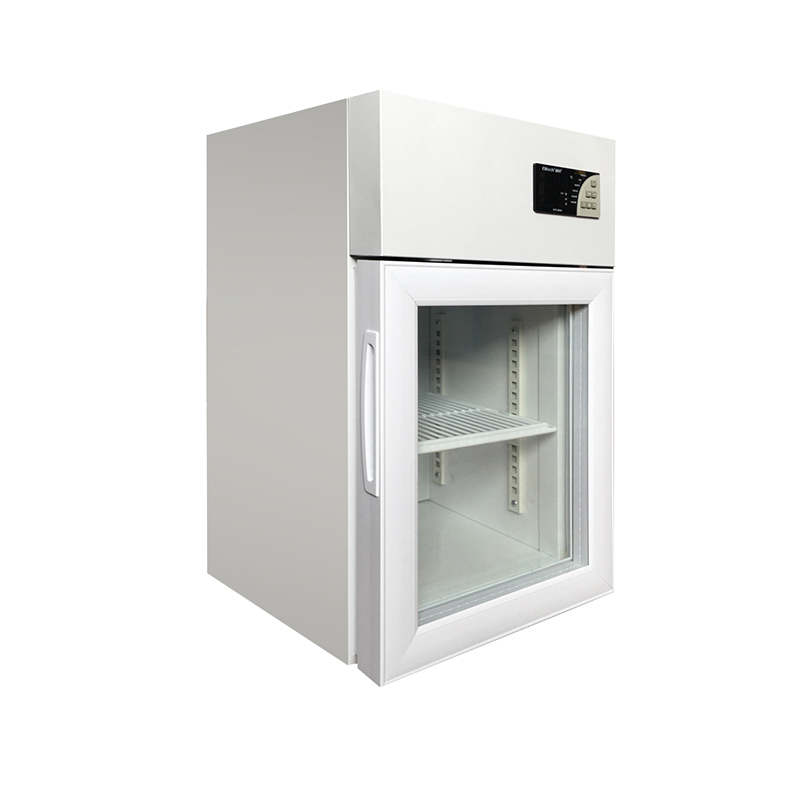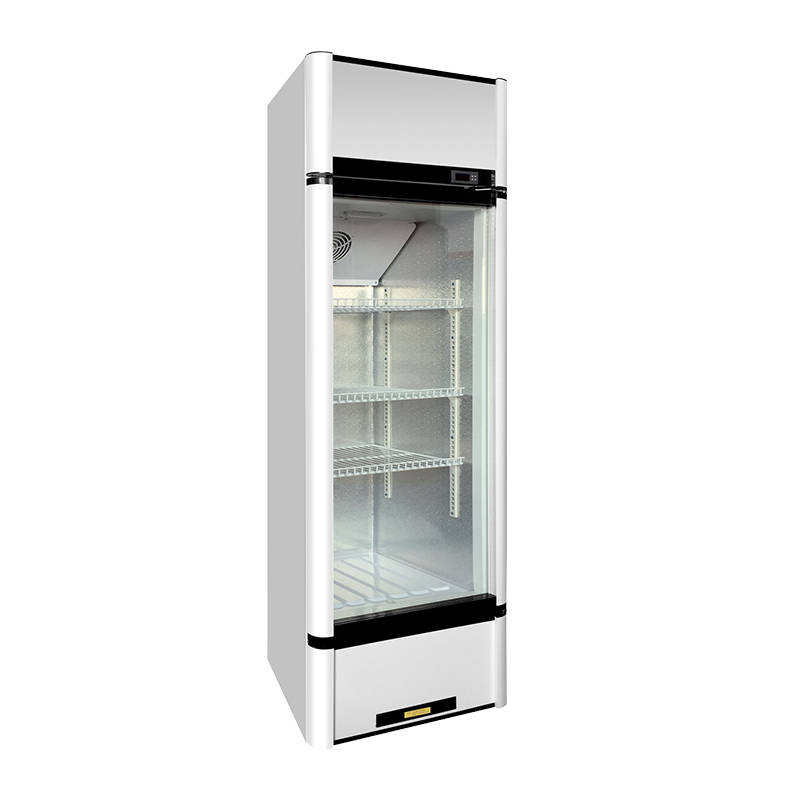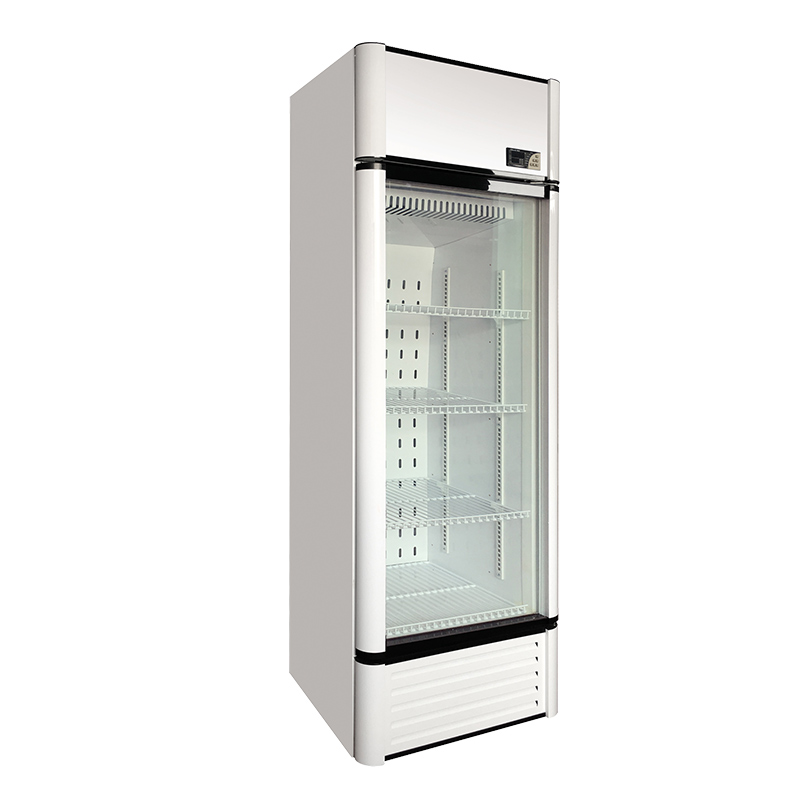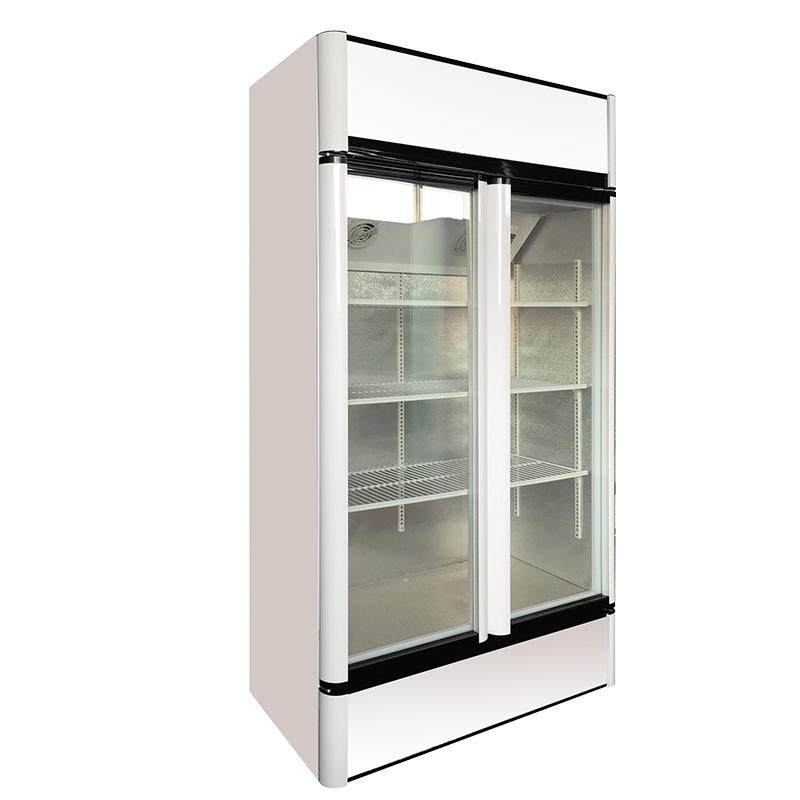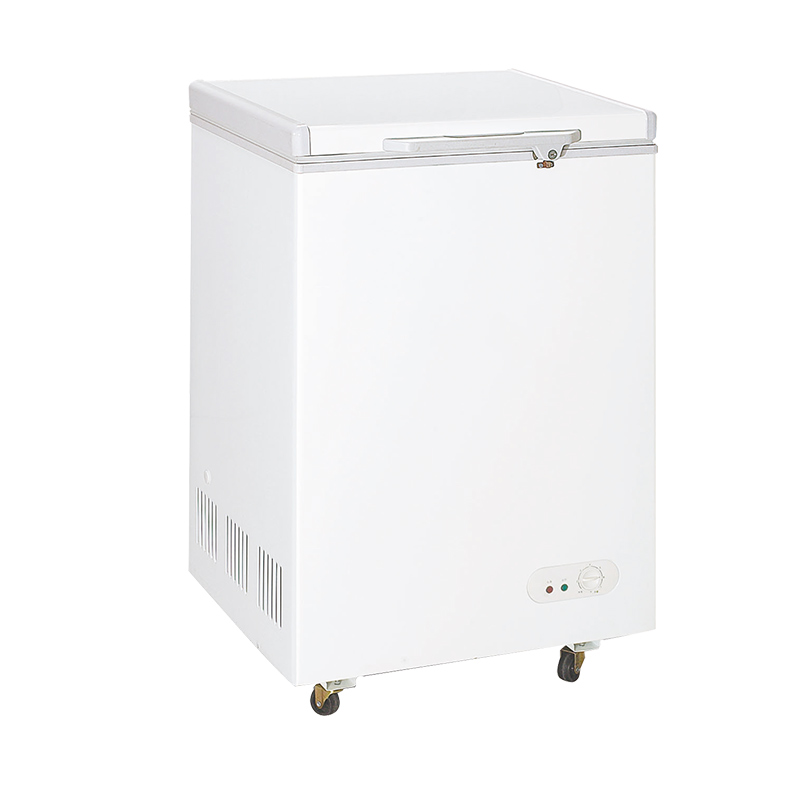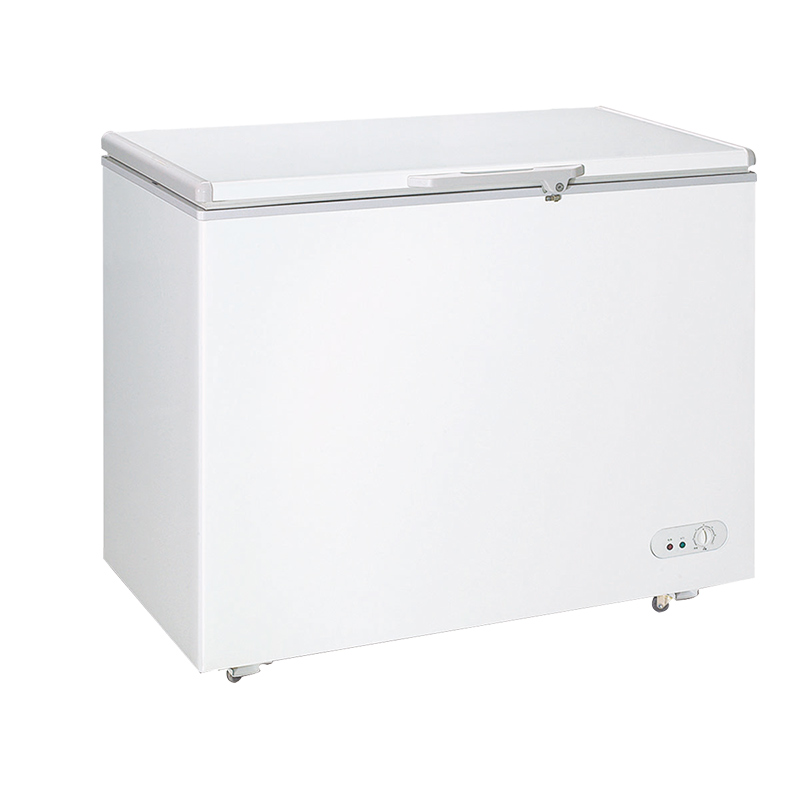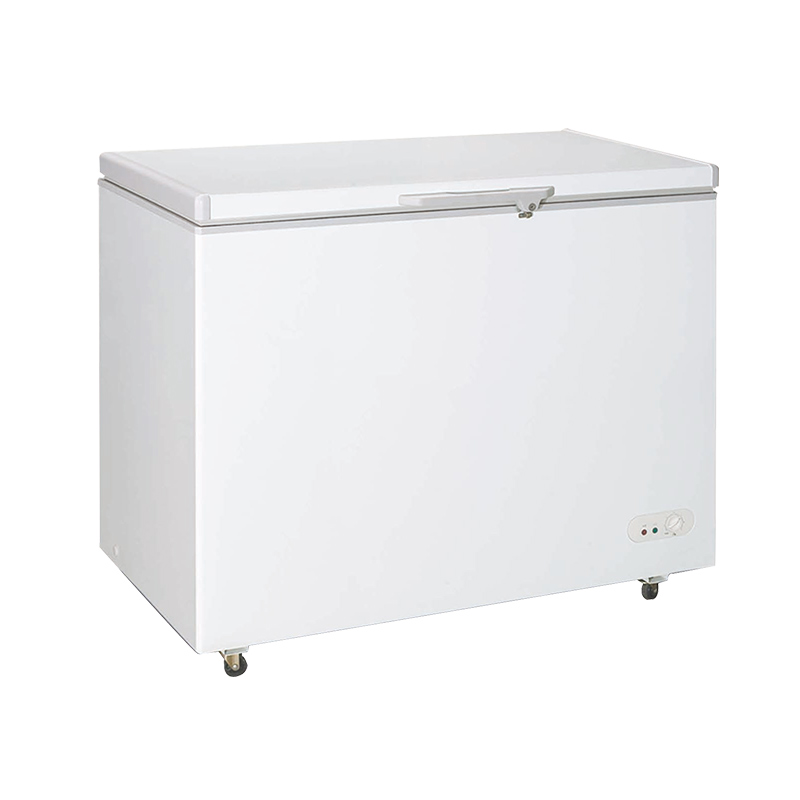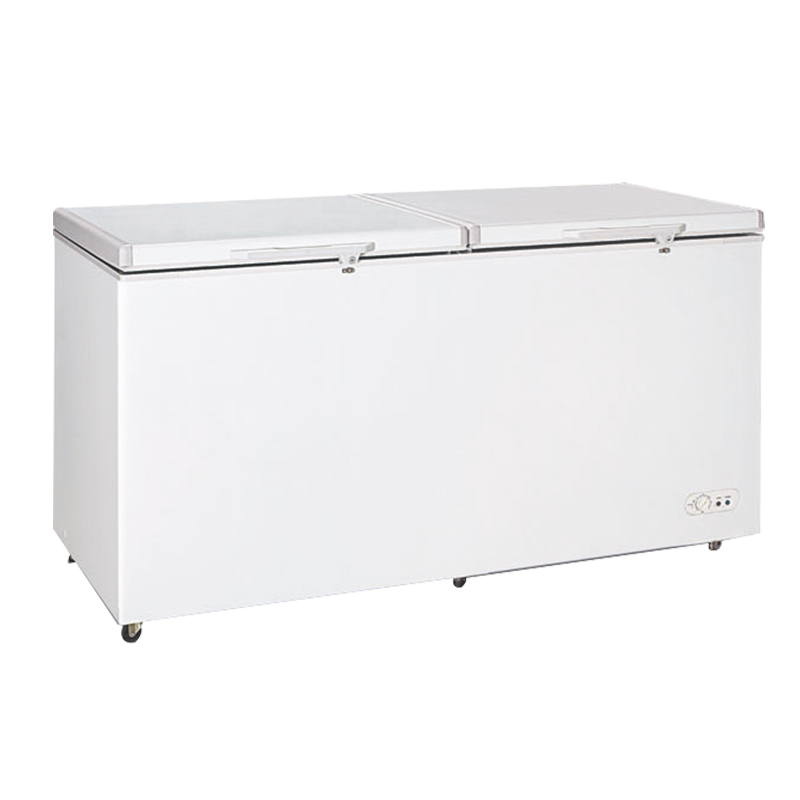Refrigeration appliances use refrigerants as the working fluids in the cooling process. These refrigerants play a crucial role in the heat transfer cycle that allows refrigeration appliances to maintain low temperatures inside their compartments. Here's how refrigeration appliances use refrigerants and the role these refrigerants play in the cooling process:
Circulation and Phase Changes:
Refrigerants in refrigeration appliances circulate through a closed-loop system known as the refrigeration cycle.
The refrigeration cycle involves a series of phase changes (from gas to liquid and back to gas) that enable the refrigerant to absorb and release heat effectively.
Compression and Heating:
The cycle begins with the compressor, which compresses the refrigerant gas. This compression increases the pressure and temperature of the gas.
As a result of compression, the refrigerant becomes a high-pressure, high-temperature gas.
Condensation and Heat Release:
The high-temperature, high-pressure gas is then directed to the condenser coils, typically located on the back or outside of the appliance.
In the condenser coils, the refrigerant releases heat to the surrounding environment.
As it loses heat, the refrigerant changes from a high-pressure gas to a high-pressure liquid. This phase change is called condensation.
Expansion and Cooling:
After condensation, the high-pressure liquid refrigerant passes through an expansion valve or capillary tube.
As it goes through this valve, it undergoes a rapid expansion, causing it to cool significantly.
The refrigerant emerges from the valve as a low-pressure, low-temperature liquid-gas mixture.
Evaporation and Heat Absorption:
The cooled, low-pressure refrigerant then enters the evaporator coils, typically located inside the refrigerator or freezer compartments.
Inside the evaporator coils, the refrigerant absorbs heat from the surrounding air and the items stored in the compartments.
As it absorbs heat, the refrigerant changes from a low-pressure liquid-gas mixture to a low-pressure gas. This phase change is called evaporation.
Circulation and Temperature Reduction:
A fan inside the appliance circulates the cooled air from the evaporator coils throughout the compartments.
As the warm air from the interior comes into contact with the evaporator coils, it loses heat, which is absorbed by the refrigerant in its evaporative phase.
This heat transfer process significantly cools the air inside the compartments, maintaining low temperatures.
Repeat of the Cycle:
The refrigerant continues to circulate through the cycle, transitioning between high-pressure gas, high-pressure liquid, low-pressure liquid-gas mixture, and low-pressure gas phases.
The thermostat within the appliance monitors the temperature and controls the cycle, ensuring that the desired temperature range is maintained.
In summary, refrigerants in refrigeration appliances play a critical role in the heat transfer process that cools the air inside the compartments. They alternate between gas and liquid states, absorbing heat from the interior and releasing it outside the appliance. This continuous cycle allows the appliance to maintain low temperatures and preserve the freshness of stored items. Different refrigerants are chosen based on their thermodynamic properties, efficiency, and environmental considerations.


 English
English عربى
عربى